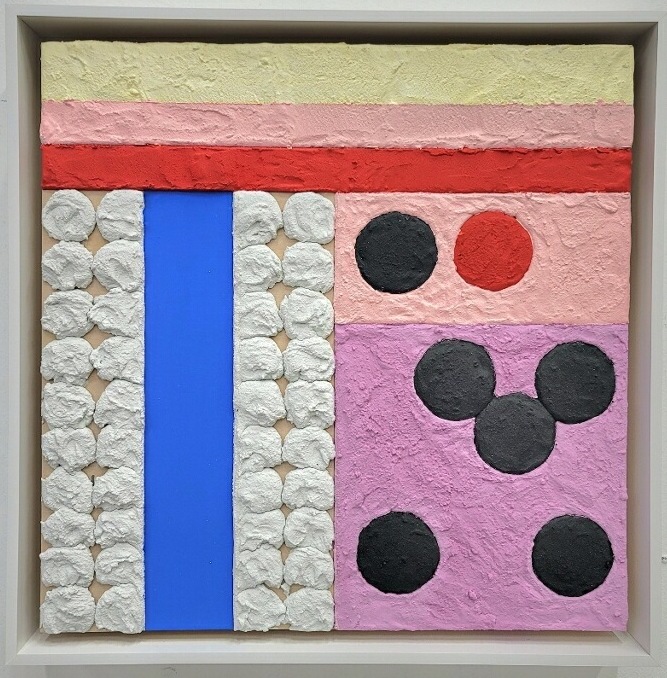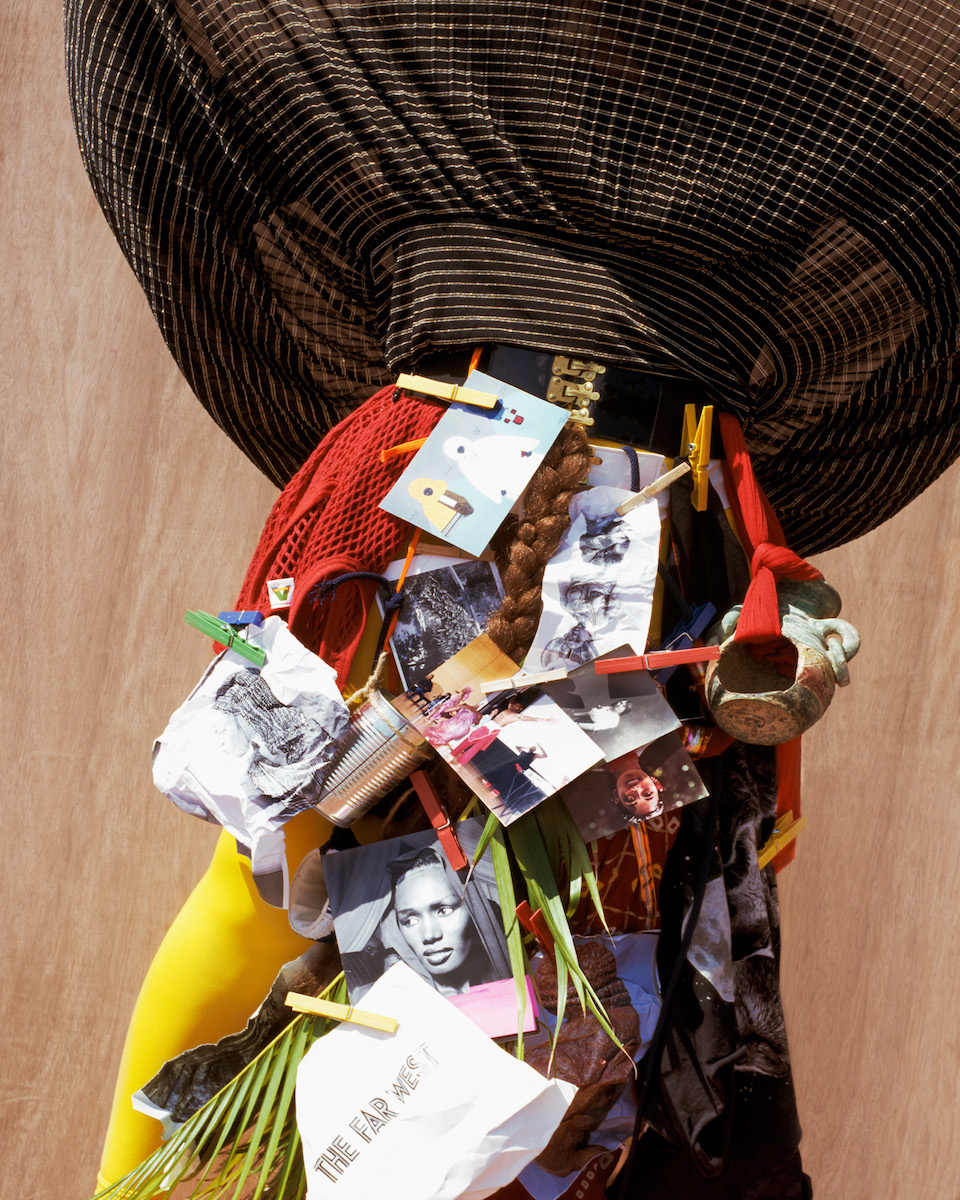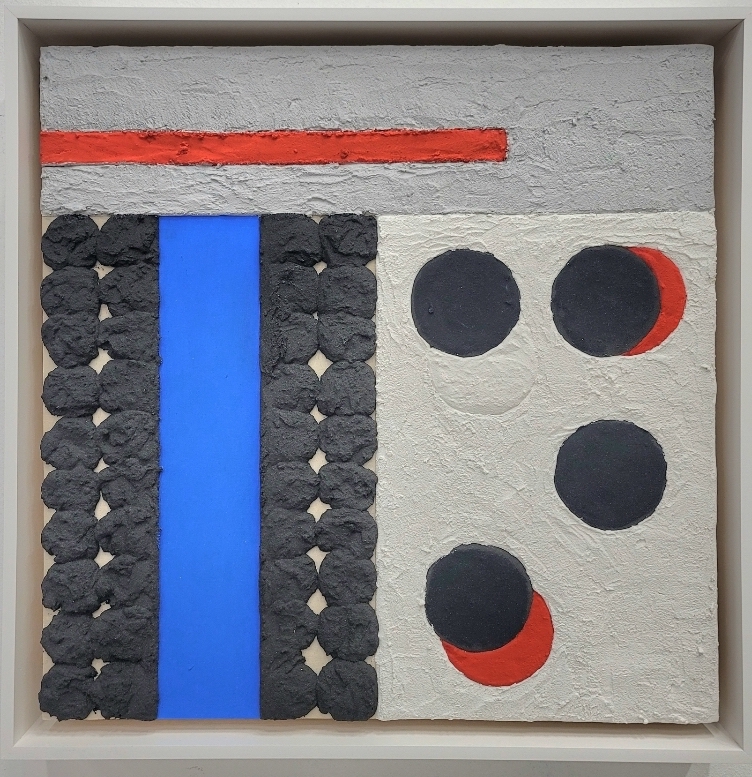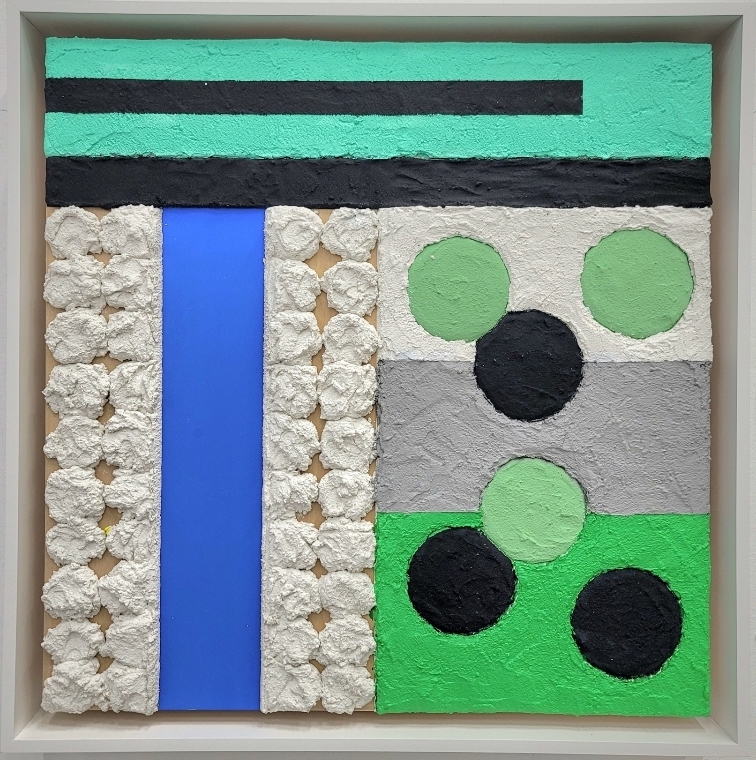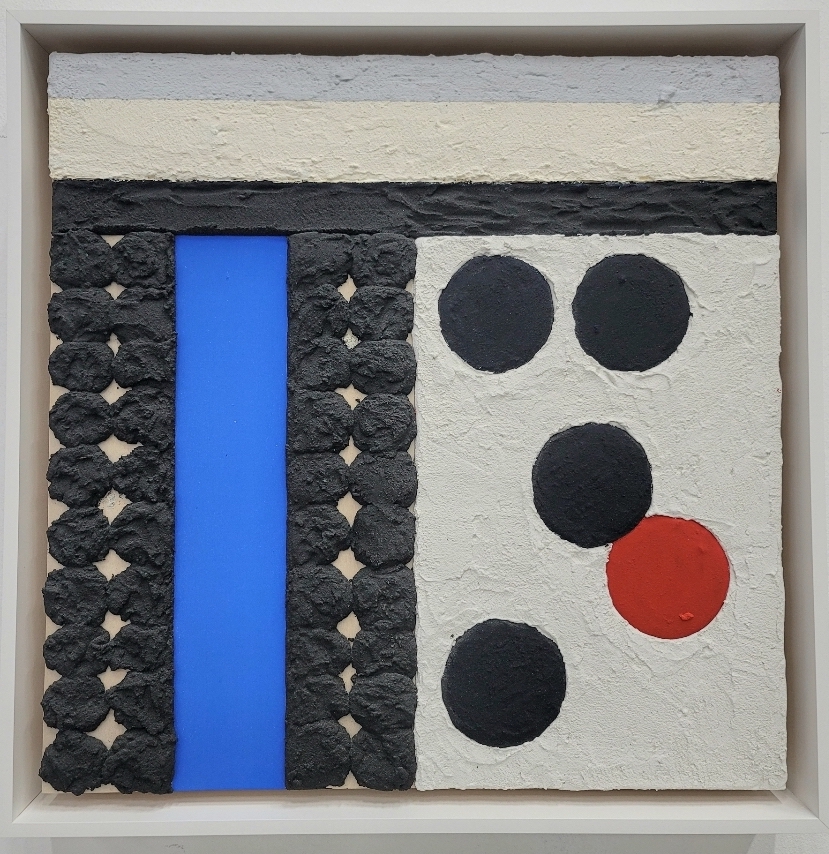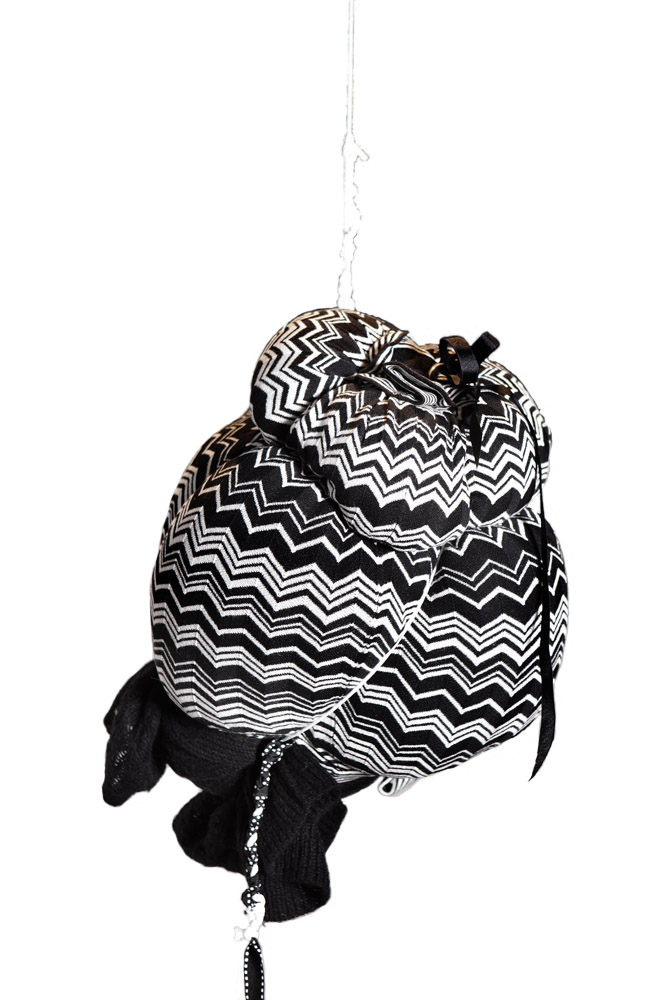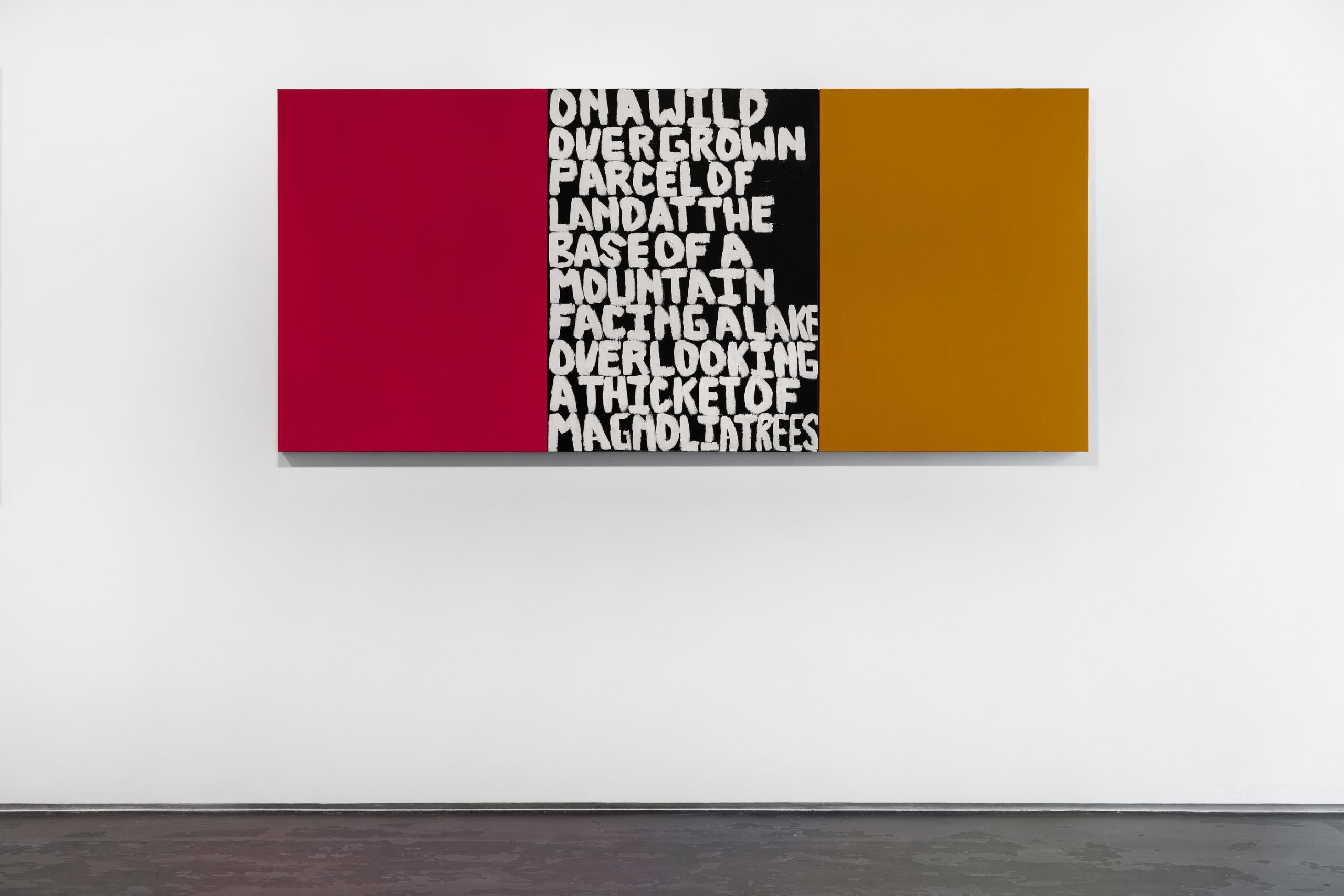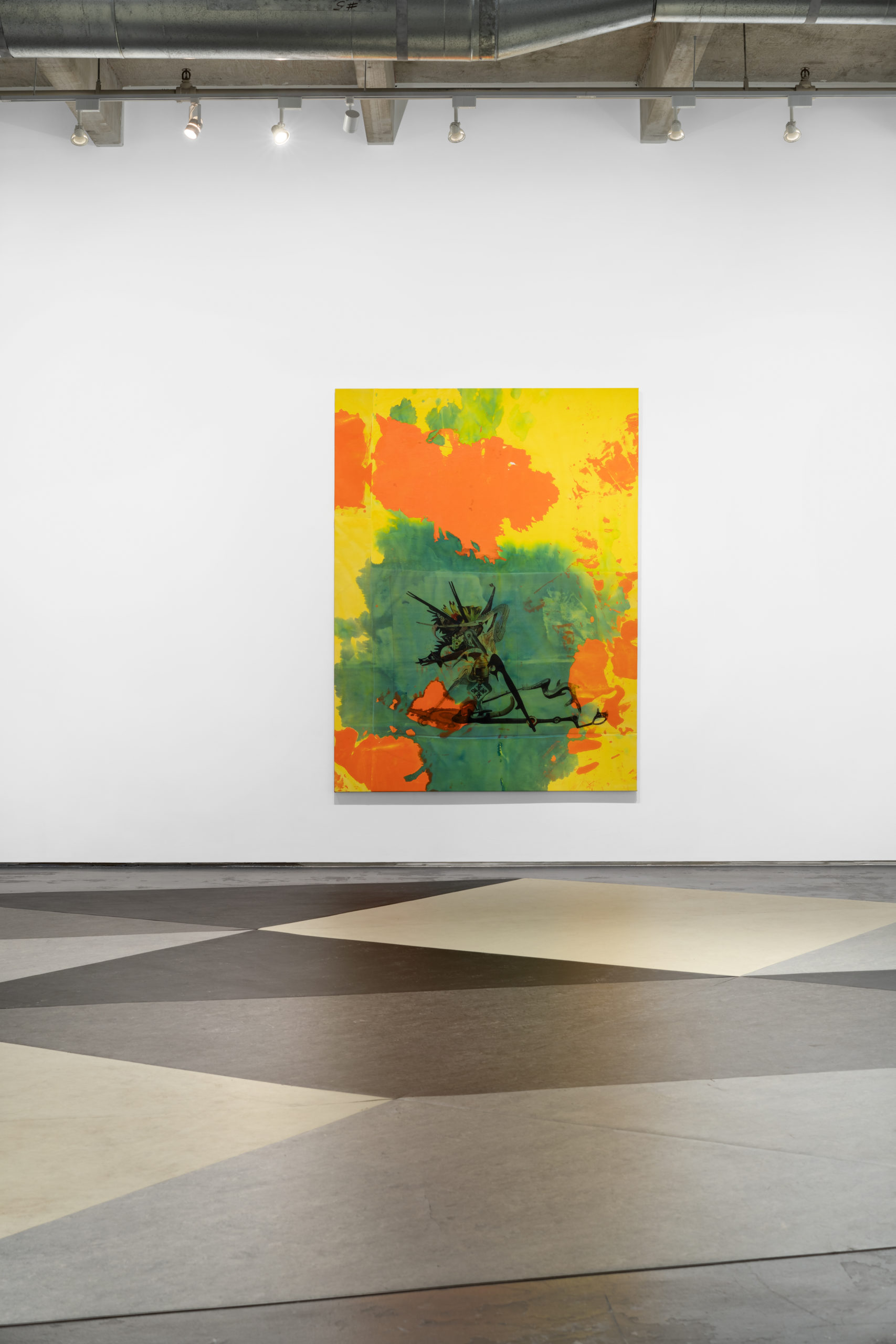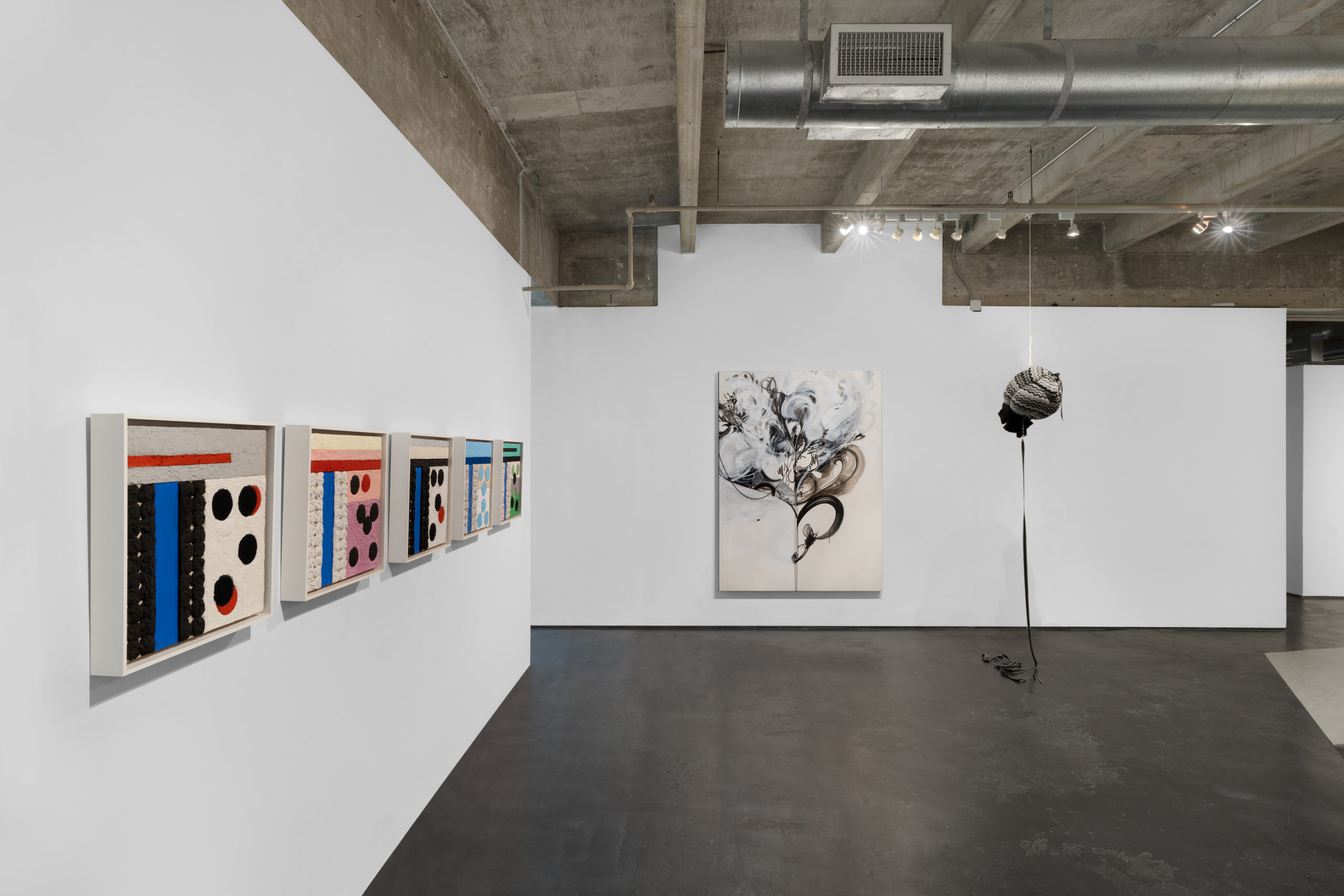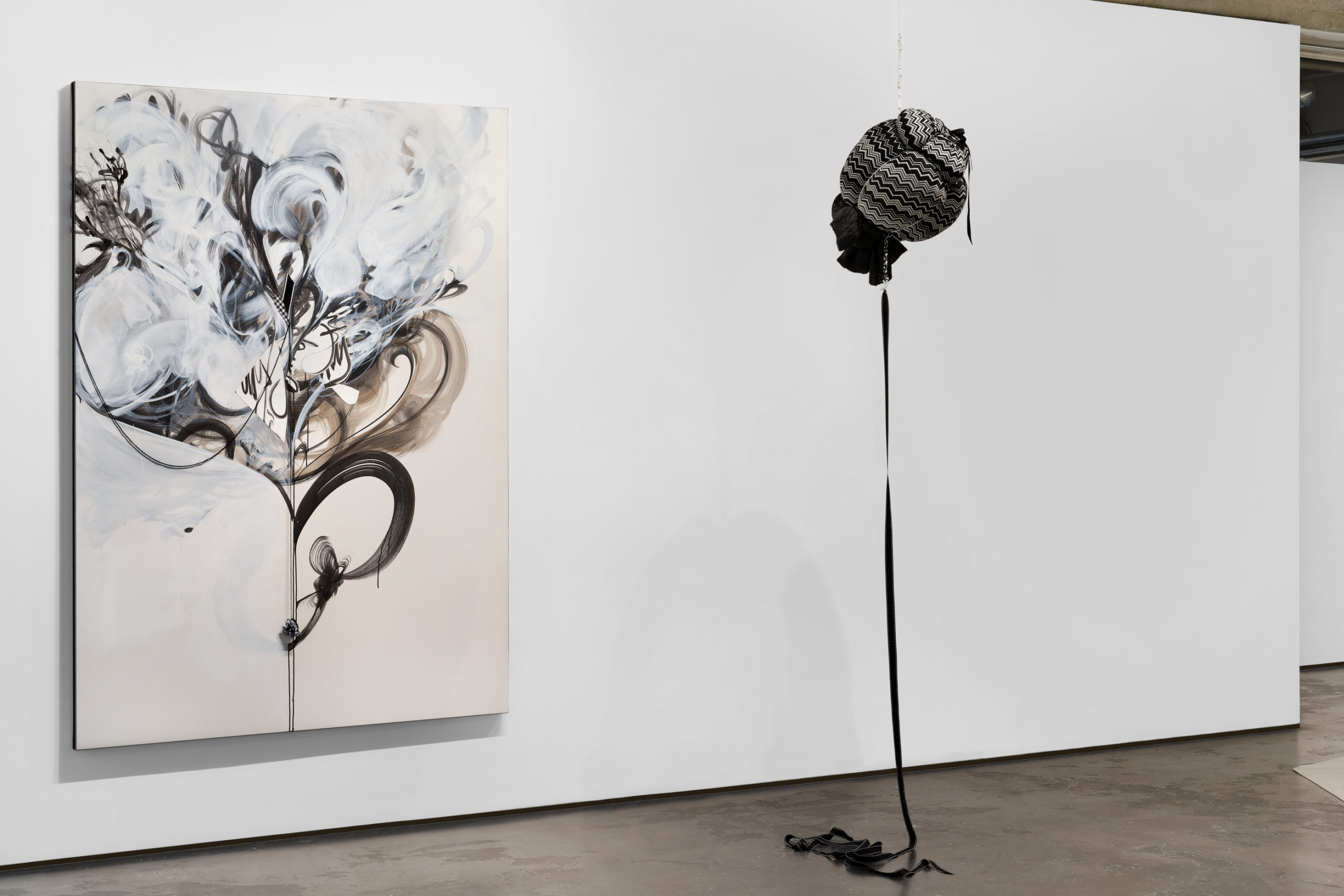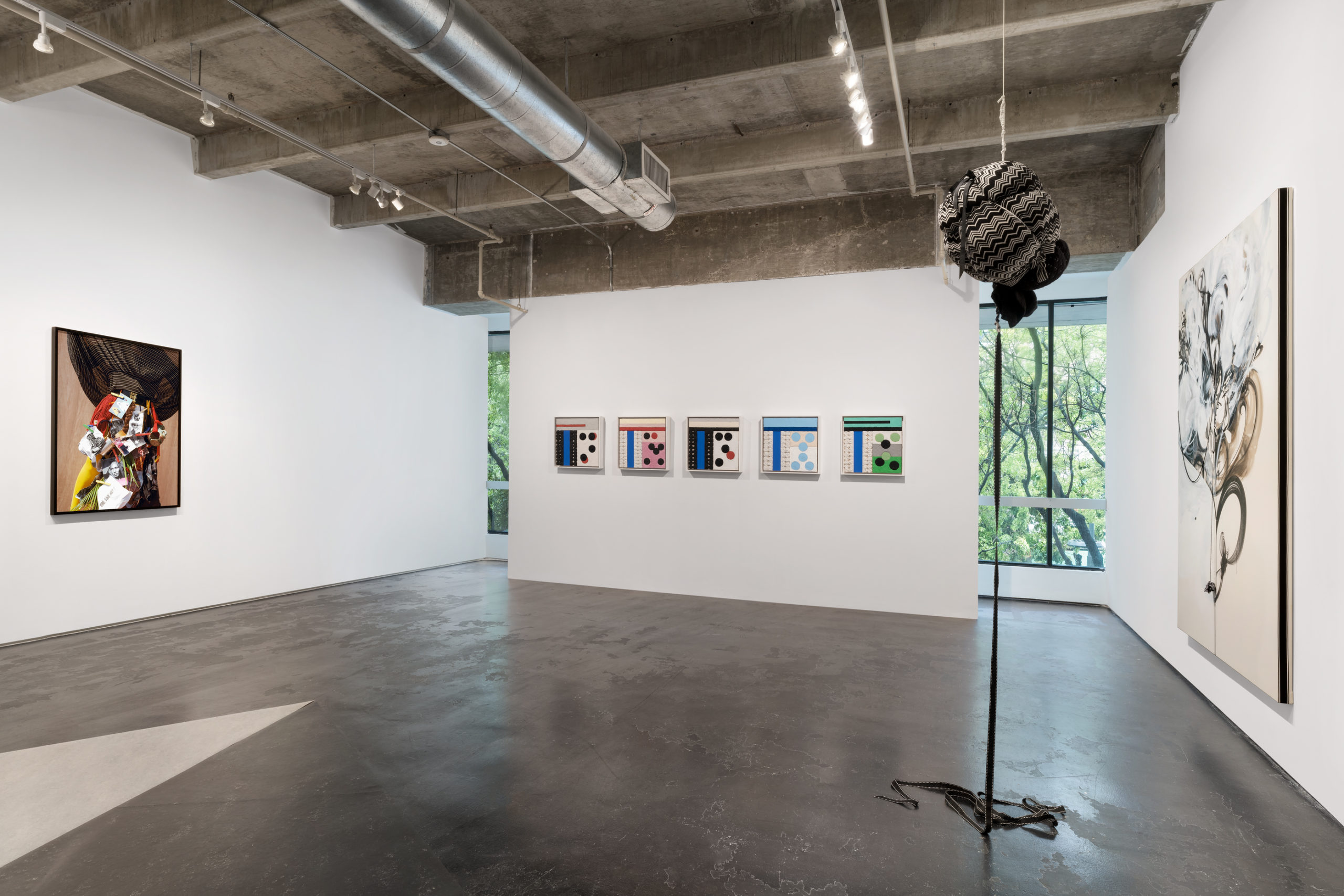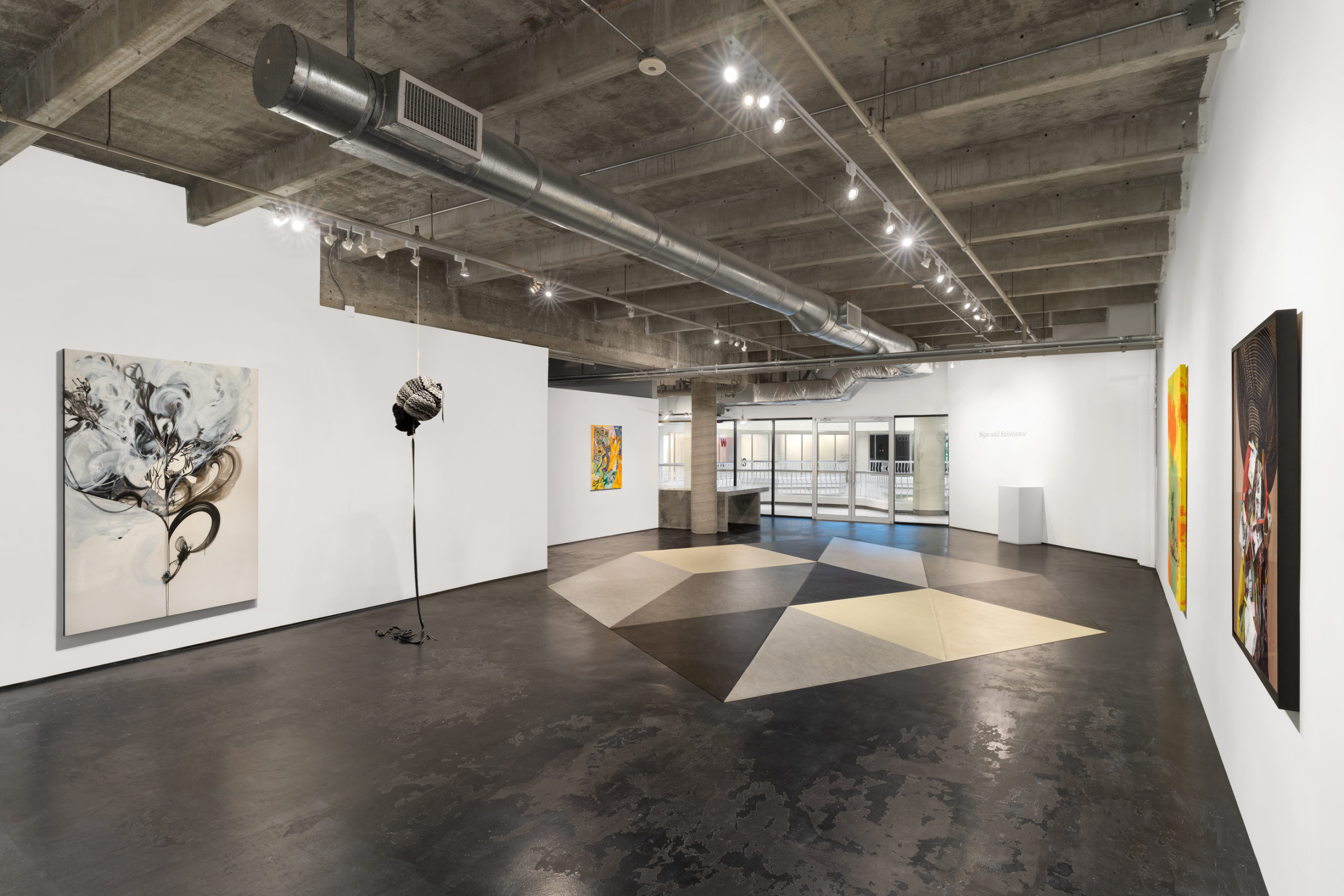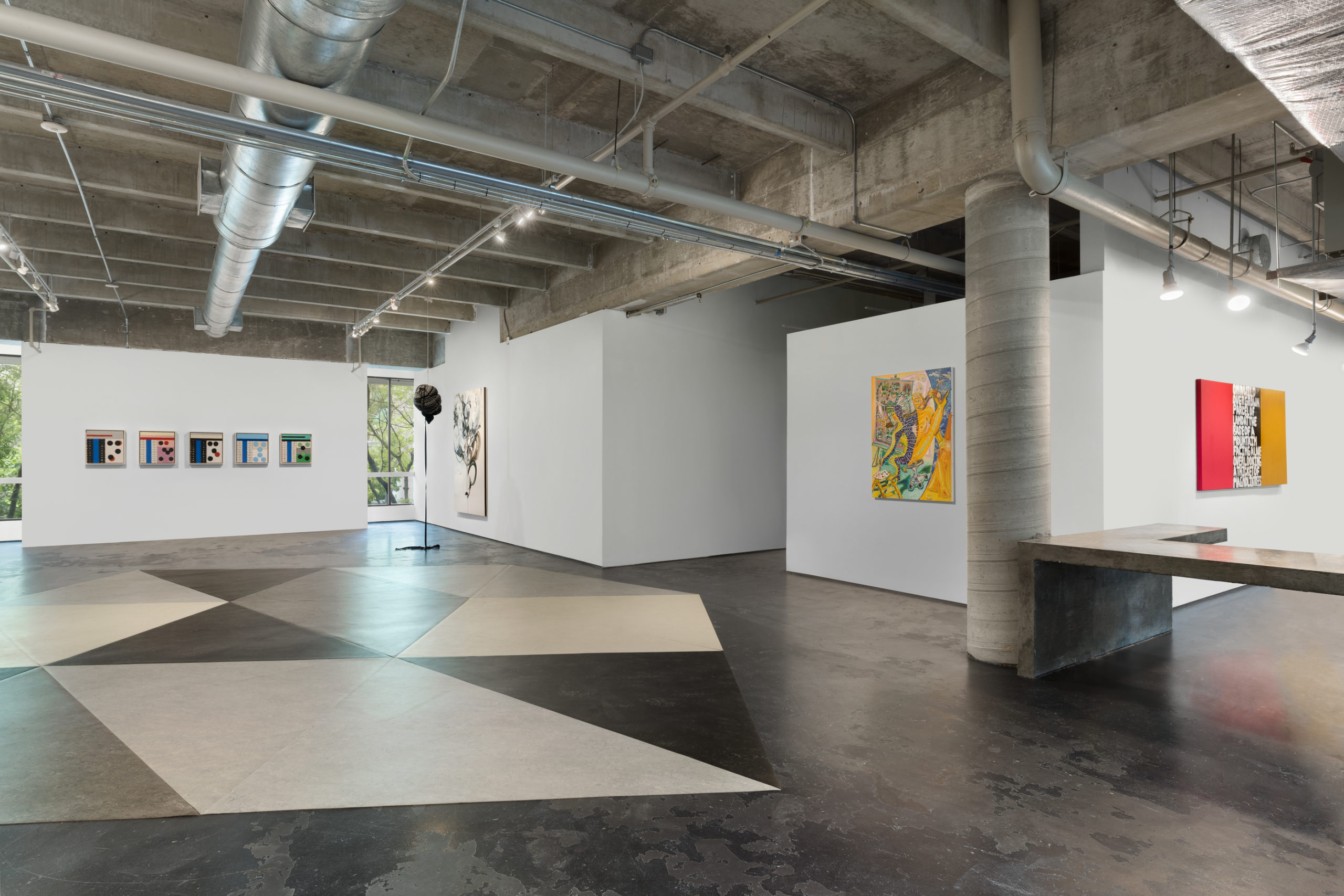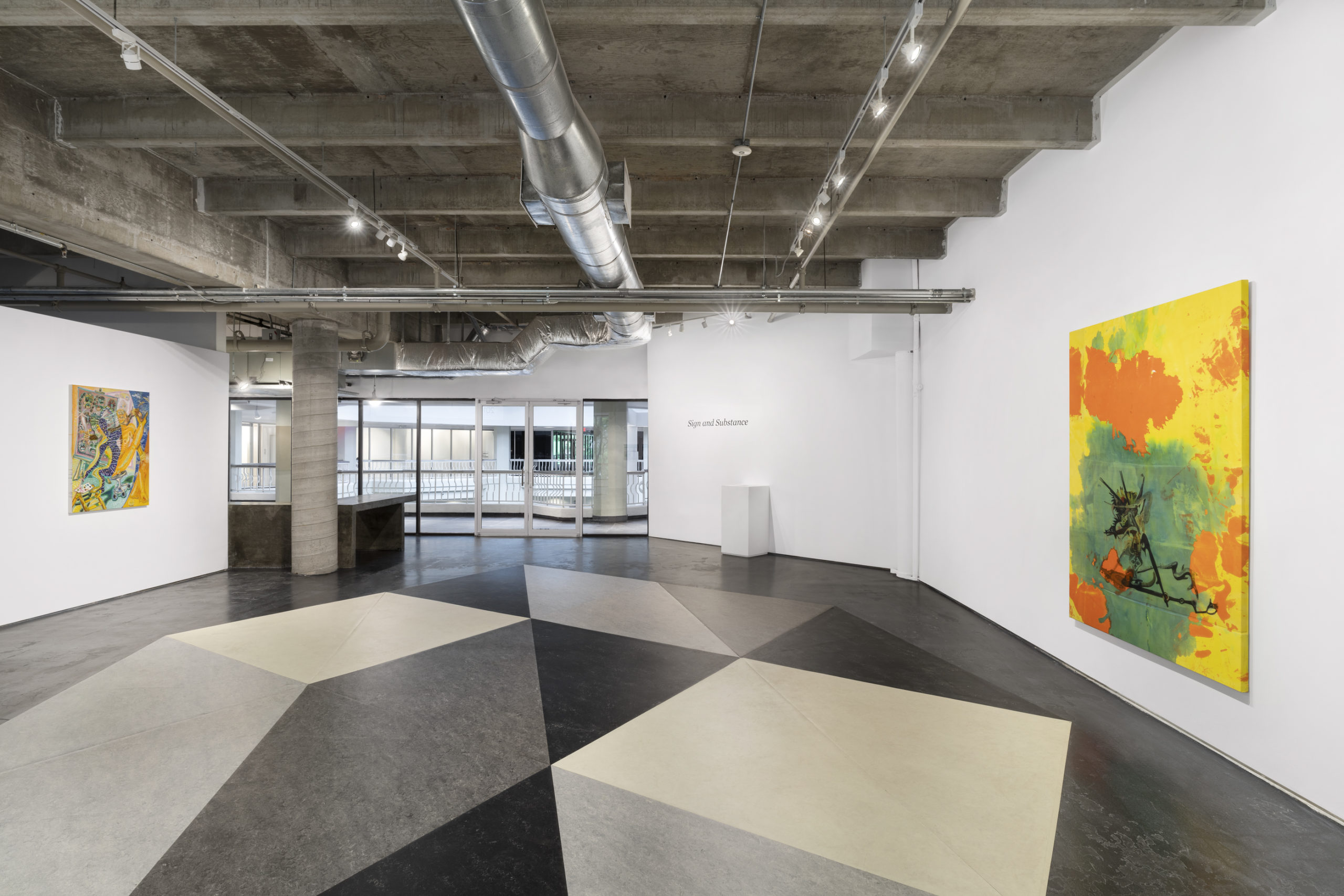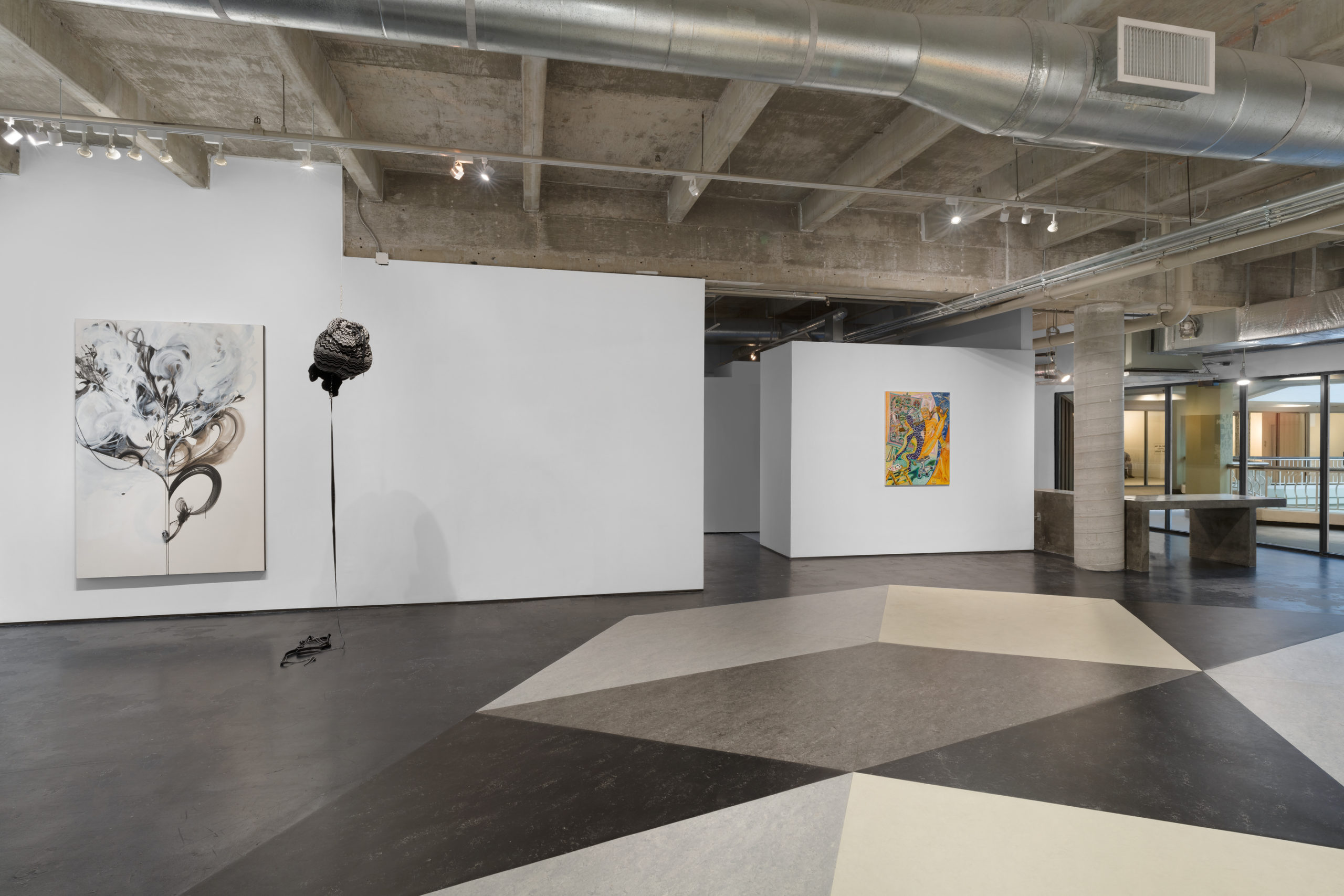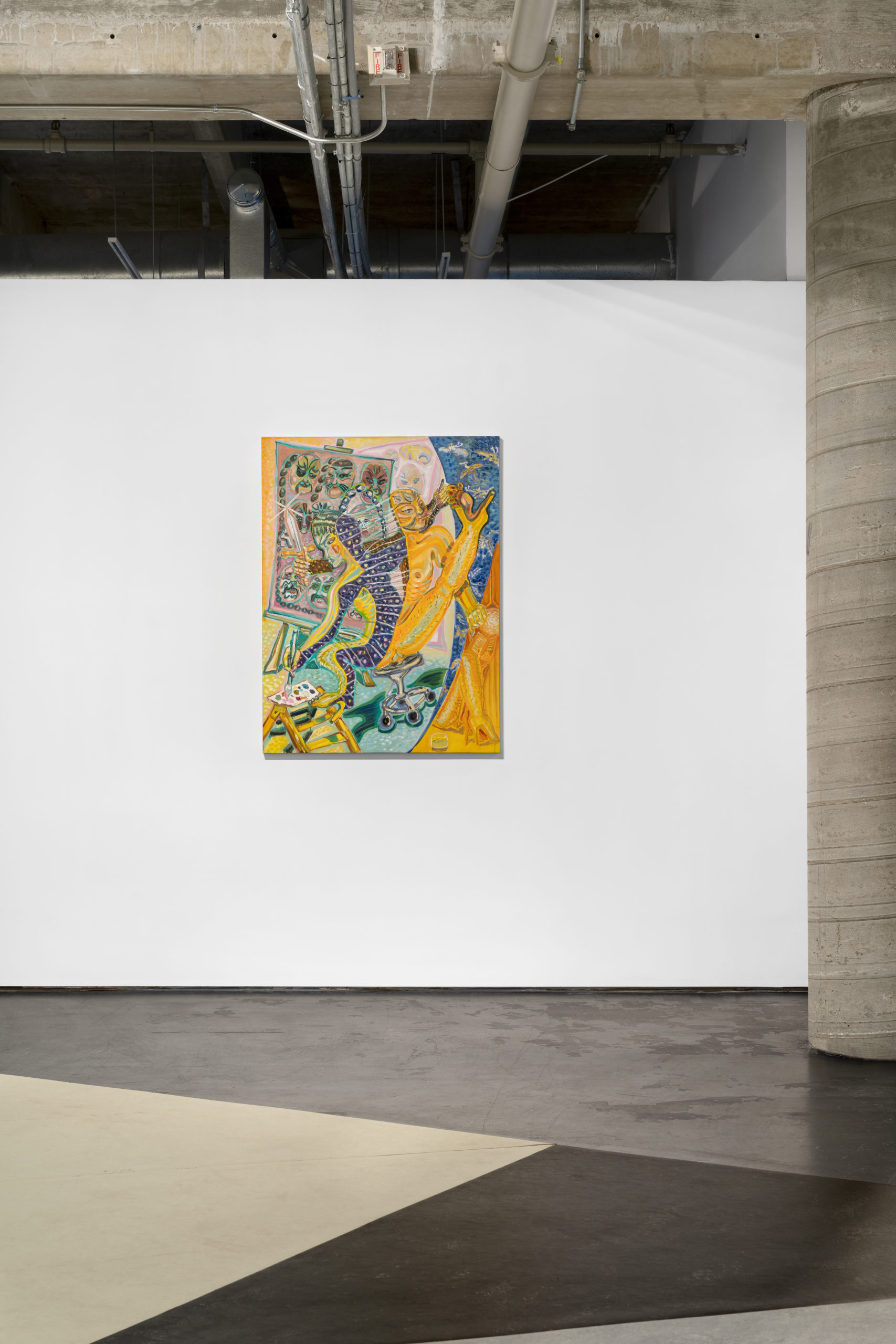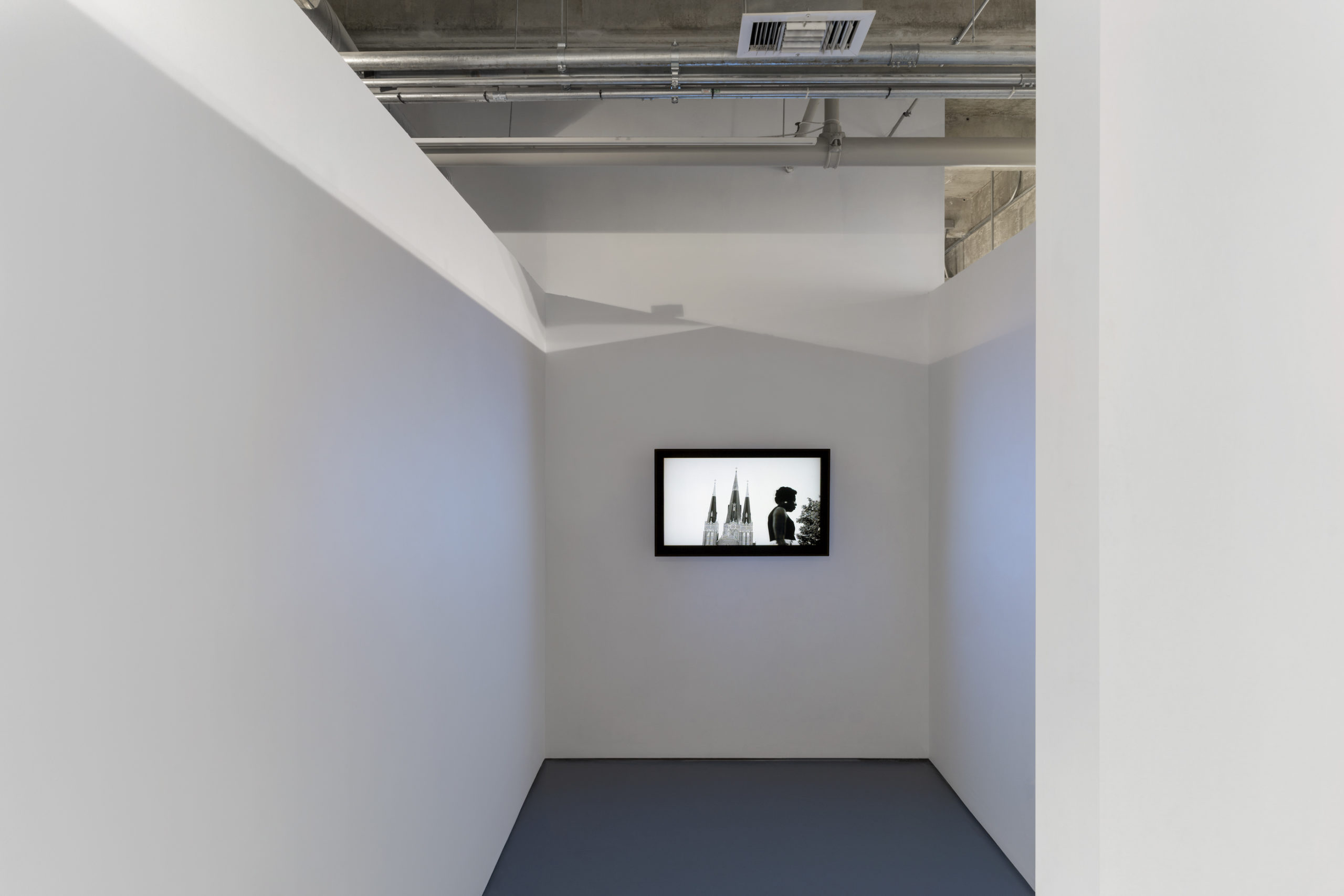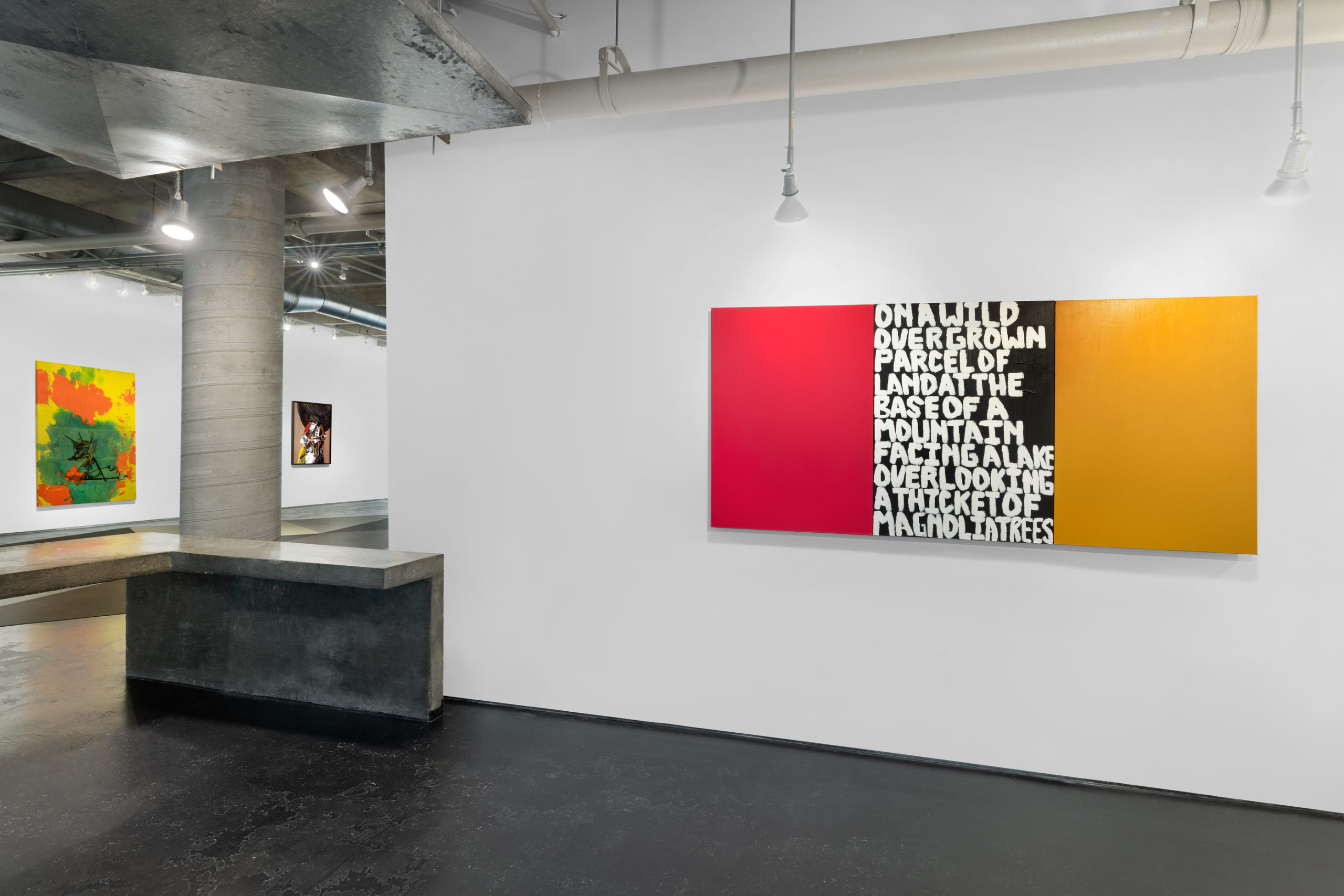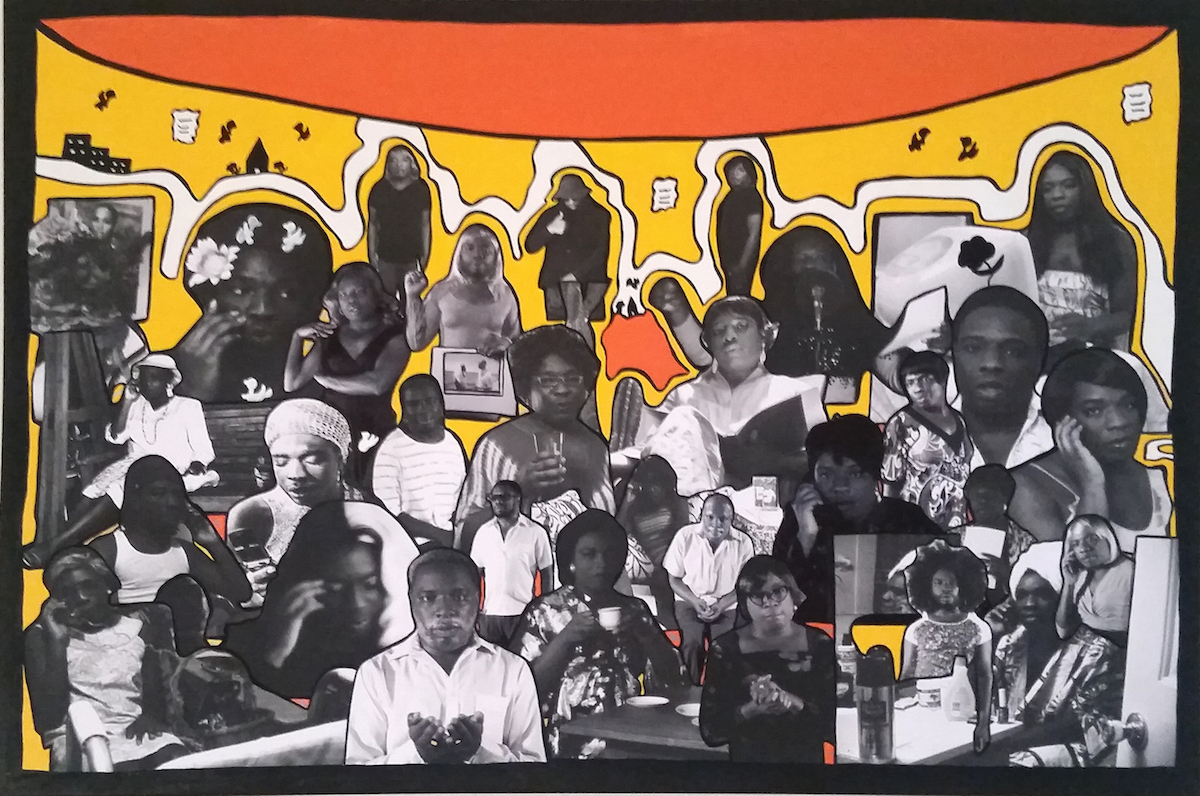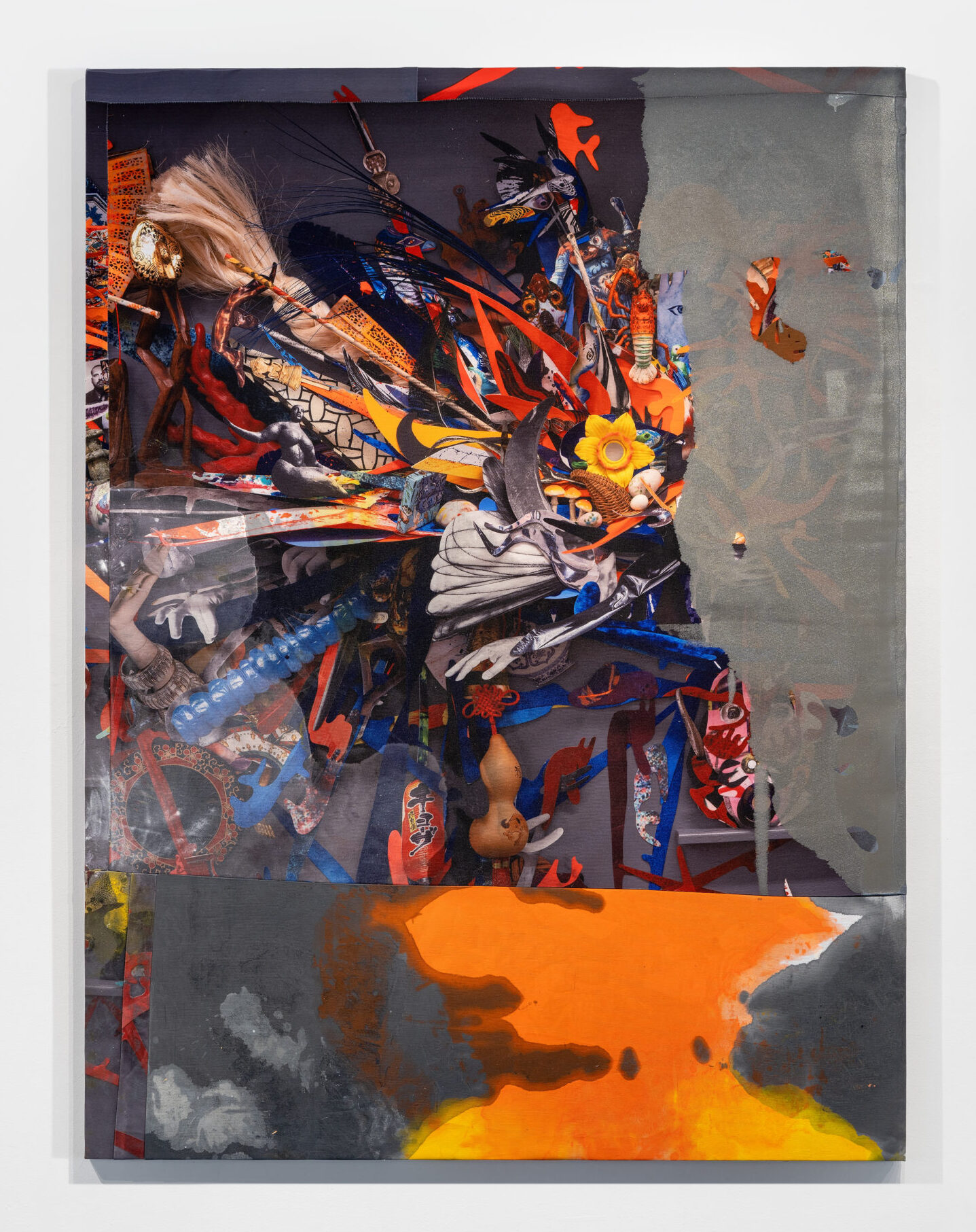Sign and Substance
Sign and Substance
David Castillo presents Sign and Substance, a group exhibition with works by Sanford Biggers, Kalup Linzy, Pepe Mar, Xaviera Simmons, Shinique Smith, Vaughn Spann, and Yesiyu Zhao.
The artists in Sign and Substance conceive of new mythologies that spread across and beyond the surfaces of their works. Convening longstanding symbols from global histories, the subject matters and materialities of these pieces amalgamate past iconographies with newer forms that evoke the conditions of our time. Together, these layered signs reexamine and reframe how we envision the past and present. Biggers, Linzy, Mar, Simmons, Smith, Spann, and Zhao each serve as mediators of cultural meaning, drawing connections between at times unlikely sources to bring forward allegories about the here and now. Stepping outside of the specificity of this moment, these new mythologies relate various histories to present social, political, and cultural circumstances, eliciting an understanding of life today through parallels drawn from the past.
In the first of his 1977 Massey Lectures, Claude Levi-Strauss writes of the power and importance of mythology throughout humanity’s history. He mediates on the ancestral knowledge lost to us as industrial societies have done away with myth as a means of understanding the world. And he questions the effects of our prolonged detachment from myth:
I think there are some things we have lost, and we should try perhaps to regain them, because I am not sure that in the kind of world in which we are living […] we can regain these things exactly as if they had never been lost; but we can try to become aware of their existence and their importance.”
In this precarious moment, the language of mythology, its symbols, and its teachings offer networks of understanding that articulate something about the present that cannot be fully grasped in words alone. The visual modes employed by the artists in this exhibition do the work of linking and unlinking associations of meaning, giving us a fuller, more nuanced idea of how to live in this time.
Biggers’s practice is steeped in sacred geometries that call across Buddhist mandalas, Post-War Minimalism, and the vernacular craft of quilting; weaving together these influences, the floor piece on view nods to polarized extremes of black and white across all levels of society and the nuance of grays between.
Linzy calls to the popular culture, social contexts, and visual modes of mid-century in his rendition of the song “I Put a Spell on You”. He performs in drag as Paula Sungstrong, an illustrious character from the fictitious Queen Rose family—of the artist’s invention—whose lineage connects characters and narratives across Linzy’s body of work. The piece traces intersections of queer and racialized identities and desires both then and now.
Mar’s practice flattens history into one nonhierarchical stream of visual meaning, bringing to question the weight placed on certain institutions and traditions over others. His pieces are formed from custom-made textiles—printed with images of paper collages made by Mar throughout his fifteen-year career—that are cut, recombined, and sewn together, bringing elements into contact that existed across different times and places.
In her work, Simmons deconstructs the conventions of 19th and 20th-century genre painting and photography—notably portraiture and landscape—to raise an examining lens to the racial histories that have unfolded in the United States. Her works take the form of color fields, text paintings, and photographic portraits of characters: each work treads across shifting social, cultural, and political terrains that have ebbed and flowed through time.
Smith’s practice makes reference to the flows of global commerce and its connections to the ways we form ourselves through the attachments we develop to objects. Clothing and other personal effects, artifacts that one might hold dear, are bundled or collaged in her works. Often incorporating sweeping, swirling brushstrokes that nod to graffiti and Eastern calligraphic traditions, these pieces allude to cycles of memory, self-fashioning, and global trade.
In his practice, Spann abstracts textures and forms into symbols that push against the boundaries of nonrepresentational art. The spotted works on view, from the artist’s Dalmatian Paintings series, allude to his childhood aspirations of living an ideal American life: an economic and racial fantasy modeled by white, middle-class TV families, many of which kept Dalmatians as pets. Even at this young age, Spann noticed the disparity between this lifestyle and the one of his own upbringing, and how socioeconomic signifiers are often divided along racial lines.
Zhao reenvisions the familiar modes of traditional Chinese genre paintings and folklore, subtly destabilizing the expectations of what might be encountered in these scenes. The figures in these works embody gender expressions beyond the binary of feminine and masculine, affirming the place of queer identities well before and beyond our time, and in light of governmental policies that seek to suppress this representation.
What we know of the world—of this nation, of this time—is a mythology that is communally co-created from the symbols, traditions, and conventions we internalize and carry forward. The artists in Sign and Substance do this work of bridging past icons and codes into the present, repositioning and reframing them to speak pointedly about the conditions of this age.
